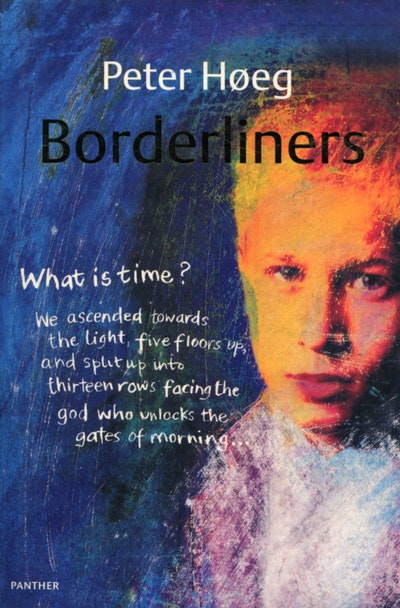

During the course of the novel we are introduced to so many of these native terms that, by its end, we are able to distinguish between qanik (big flakes) and apuhiniq (frozen drifts). Miss Smilla Jaspersen's father is a famous Danish doctor, but her mother was a Greenlander (whose language was Eskimo or Inuit), hence her feeling for snow. By way of illustration, Whorf noted the numerous words uniquely available to Eskimos allowing them to describe the various conditions of snow and ice. Miss Smilla's Feeling for Snow Hardcover Januby Peter Hoeg (Author) 991 ratings See all formats and editions Hardcover 32.80 Other used from 32.80 Paperback 20.17 Other new, used and collectible from 1.48 Audio, Cassette from 54.09 3 Used from 54. etina (cs) Deutsch (de) English (en) Español (es) Français. These were linguistic determinism, which stated that language determines thought, and linguistic relativity, which emphasised the distinctiveness of each language. Miss Smillas Feeling for Snow by Peter Høeg, September 6, 1993, Harvill Press edition, It looks like youre offline. In short, they were latter-day romantics who stuck doggedly to their principles.

Sapir and Whorf were a pair of linguists and anthropologists dominant in their profession during its BC (Before Chomsky) years. I DO NOT know whether Peter Hoeg is familiar with the Sapir-Whorf hypothesis but, consciously or not, his new novel reads like an attempt to prove its worth.


 0 kommentar(er)
0 kommentar(er)
